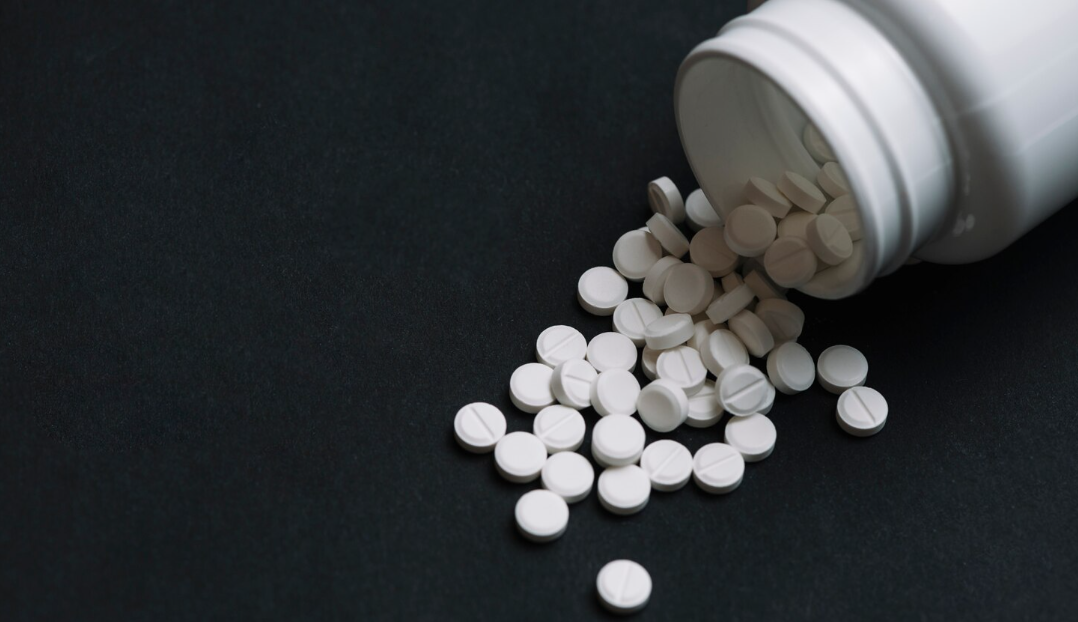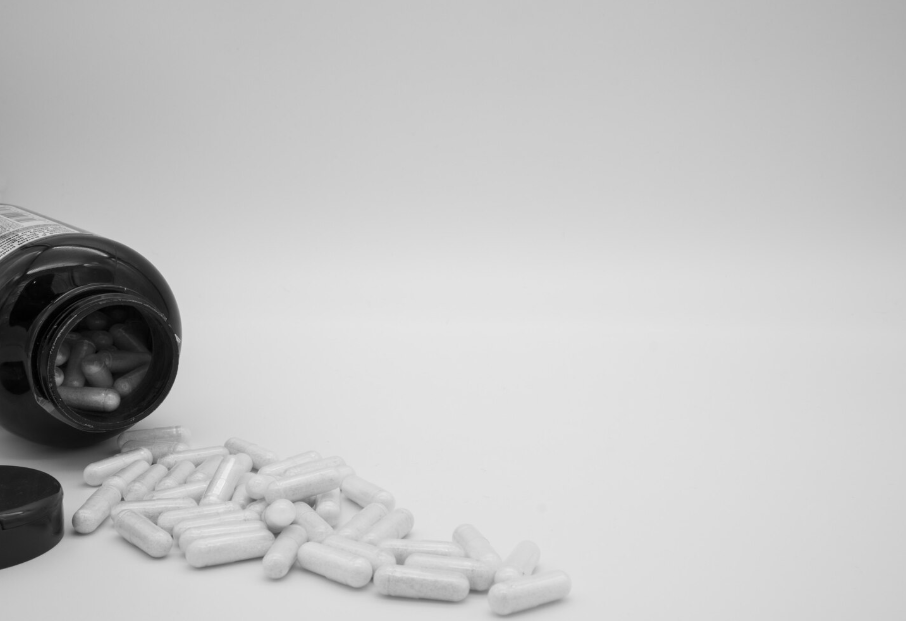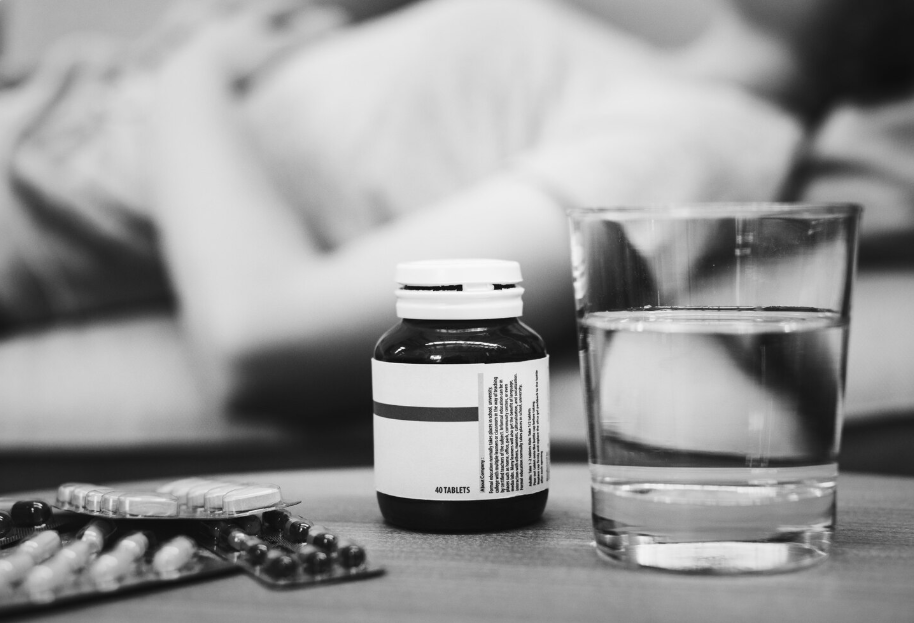Understanding Rubbing Alcohol and Drinking Alcohol
When it comes to alcohol, it's important to differentiate between rubbing alcohol and drinking alcohol. While both contain the term "alcohol," they are distinct substances with different compositions and purposes. Let's delve into the introduction of each and highlight the key differences between them.

Introduction to Rubbing Alcohol
Rubbing alcohol, also known as isopropyl alcohol or surgical spirit, is a type of alcohol that is primarily used for topical application. It is made from a combination of water and isopropyl alcohol, typically with an alcohol concentration of 70% or higher. Rubbing alcohol is commonly used as a disinfectant to cleanse wounds, sanitize surfaces, and sterilize medical equipment. It evaporates quickly and leaves no residue, making it a popular choice for various cleaning and sanitizing purposes.
Introduction to Drinking Alcohol
Drinking alcohol, also known as ethanol or ethyl alcohol, is the type of alcohol consumed in alcoholic beverages. It is produced through the fermentation of sugars by yeast or other microorganisms. Drinking alcohol is available in various forms, including beer, wine, and spirits, each with its own alcohol content. It is primarily consumed for recreational purposes and is regulated due to its potential effects on the human body.
Key Differences between Rubbing Alcohol and Drinking Alcohol
To better understand the differences between rubbing alcohol and drinking alcohol, let's compare their key characteristics:
By understanding the distinctions between rubbing alcohol and drinking alcohol, individuals can use each substance appropriately and avoid any potential misuse or dangers associated with them. It is crucial to handle and consume these substances responsibly, considering their intended uses and respective effects on the body.
Composition and Uses
Understanding the composition and uses of rubbing alcohol and drinking alcohol is essential in order to differentiate between the two. Both substances have distinct compositions and serve different purposes. Let's explore their compositions and uses in more detail.
Composition of Rubbing Alcohol
Rubbing alcohol, also known as isopropyl alcohol, is a colorless liquid that is composed mainly of isopropyl alcohol and water. It typically contains 70% to 99% isopropyl alcohol, with the remaining percentage being water. This high concentration of isopropyl alcohol gives rubbing alcohol its antiseptic properties.
Uses of Rubbing Alcohol
Rubbing alcohol has a wide range of applications due to its antiseptic nature. Some common uses of rubbing alcohol include:
- Disinfecting and sterilizing medical instruments and surfaces.
- Cleaning and disinfecting wounds to prevent infections.
- Removing stains and sticky residue from surfaces.
- Disinfecting electronic devices and screens.
- Treating minor skin irritations and insect bites.
Composition of Drinking Alcohol
Drinking alcohol, also known as ethyl alcohol or ethanol, is the type of alcohol found in alcoholic beverages. It is produced through the fermentation of sugars by yeast or bacteria. The composition of drinking alcohol varies depending on the type of beverage, but the typical concentration ranges from 3% to 40% or more.
Uses of Drinking Alcohol
Drinking alcohol is primarily consumed for recreational and social purposes. It is not used for its antiseptic properties like rubbing alcohol. Some common uses of drinking alcohol include:
- Enjoying alcoholic beverages at social gatherings or events.
- Enhancing the flavor of certain culinary dishes and desserts.
- Incorporating into certain traditional medicines and remedies.
- Utilizing in the production of various consumer products, such as perfumes and cleaning agents.
It is important to note that drinking alcohol should be consumed responsibly and in moderation. Excessive consumption can lead to various health risks and adverse effects on the body.
Understanding the composition and uses of rubbing alcohol and drinking alcohol helps to clarify the differences between the two substances. While rubbing alcohol is primarily utilized for its antiseptic properties, drinking alcohol is consumed for recreational purposes. It is crucial to exercise caution and adhere to safety guidelines when using these substances.
Safety and Precautions
When it comes to handling and using substances like rubbing alcohol and drinking alcohol, it's important to be aware of the safety measures and precautions associated with each. While rubbing alcohol and drinking alcohol may have similar names, they are distinct substances with different uses and safety considerations. Let's explore the safety measures and precautions for both types of alcohol.
Safety Measures for Rubbing Alcohol
Rubbing alcohol, also known as isopropyl alcohol, is commonly used for disinfection and cleaning purposes. It is important to follow these safety measures when handling rubbing alcohol:
- Ventilation: Ensure that the area where you are using rubbing alcohol is well-ventilated. This helps to prevent the buildup of fumes and reduces the risk of inhalation.
- Fire Safety: Keep rubbing alcohol away from open flames, sparks, and heat sources as it is highly flammable. Store it in a cool, dry place away from direct sunlight.
- Protective Gear: When using rubbing alcohol, it is recommended to wear gloves to protect your skin from prolonged exposure.
- Avoid Contact with Eyes and Mouth: Rubbing alcohol should not come into contact with your eyes or mouth. If accidental contact occurs, rinse thoroughly with water and seek medical advice if necessary.
- Keep Out of Reach of Children: Store rubbing alcohol in a secure location, out of the reach of children and pets.
Precautions for Using Rubbing Alcohol
In addition to safety measures, there are specific precautions to consider when using rubbing alcohol:
- External Use Only: Rubbing alcohol is intended for external use only. It should not be ingested or used on broken skin.
- Skin Sensitivity: Some individuals may experience skin irritation or allergic reactions to rubbing alcohol. If you notice any adverse reactions, discontinue use and consult a healthcare professional.
- Avoid Inhalation: As rubbing alcohol can produce fumes, it is important to avoid inhaling these vapors. If using in a confined space, consider using a mask or working near an open window for better ventilation.
Safety Measures for Drinking Alcohol
Drinking alcohol refers to the alcoholic beverages consumed for recreational purposes. Follow these safety measures when consuming drinking alcohol:
- Moderation: Drink alcohol in moderation. Excessive alcohol consumption can lead to various health issues and impaired judgment.
- Legal Drinking Age: Observe the legal drinking age in your country or region. It is important to adhere to the legal guidelines to ensure responsible alcohol consumption.
- Designated Driver: If you plan on consuming alcohol, arrange for a designated driver or alternate transportation to ensure your safety and the safety of others on the road.
- Hydration: Drink water in between alcoholic beverages to stay hydrated and minimize the effects of alcohol on your body.
- Know Your Limits: Understand your personal tolerance for alcohol and drink accordingly. Everyone's tolerance level is different, so it's essential to know your limits and drink responsibly.
Precautions for Consuming Drinking Alcohol
Along with safety measures, it's important to take the following precautions when consuming drinking alcohol:
- Pregnancy and Driving: Pregnant women should avoid alcohol consumption, as it can harm the developing fetus. Additionally, never drink and drive, as it poses serious risks to yourself and others.
- Mixing Alcohol and Medications: Some medications can interact negatively with alcohol. Consult with your healthcare provider or pharmacist to determine if it is safe to consume alcohol while on medication.
- Alcohol Addiction: If you or someone you know struggles with alcohol addiction, seek professional help and support to address the issue. Alcohol addiction can have severe health and social consequences, and professional assistance is essential for recovery.
By understanding and following the safety measures and precautions associated with both rubbing alcohol and drinking alcohol, you can ensure the safe and responsible use of these substances. Always prioritize your well-being and make informed choices regarding their usage.
Effects on the Body
Understanding the effects of rubbing alcohol and drinking alcohol on the body is crucial for recognizing the differences between these two substances and their potential impacts.
Effects of Rubbing Alcohol on the Body
Rubbing alcohol, also known as isopropyl alcohol, is primarily used as an antiseptic and disinfectant. When applied topically, it can have various effects on the body:
- Antiseptic Properties: Rubbing alcohol helps kill bacteria and other microorganisms on the skin's surface, reducing the risk of infection.
- Cooling Sensation: Rubbing alcohol evaporates quickly, producing a cooling sensation on the skin.
- Drying Effect: Rubbing alcohol can be drying to the skin, potentially leading to dryness and irritation with prolonged or excessive use.
It's important to note that rubbing alcohol is meant for external use only and should never be consumed or ingested. Ingesting rubbing alcohol can have severe and potentially life-threatening consequences.
Effects of Drinking Alcohol on the Body
Drinking alcohol, such as beer, wine, or spirits, affects the body differently than rubbing alcohol. When consumed, alcohol enters the bloodstream and affects various organs and systems:
- Central Nervous System: Alcohol acts as a depressant, slowing down brain function and impairing judgment, coordination, and reaction time.
- Liver: The liver metabolizes alcohol, but excessive or prolonged alcohol consumption can lead to liver damage, such as fatty liver, alcoholic hepatitis, and cirrhosis.
- Cardiovascular System: Alcohol consumption can affect blood pressure and increase the risk of heart disease, stroke, and other cardiovascular conditions.
- Digestive System: Alcohol irritates the digestive tract, potentially leading to inflammation, ulcers, and increased risk of gastrointestinal cancers.
The effects of drinking alcohol can vary depending on factors such as the amount consumed, frequency of consumption, individual tolerance, and overall health. It's important to consume alcohol in moderation and be aware of the potential risks associated with excessive drinking.
Understanding the distinct effects of rubbing alcohol and drinking alcohol is essential for using these substances safely and responsibly. Always follow appropriate guidelines and precautions for using rubbing alcohol externally, and be mindful of the potential risks and consequences associated with consuming alcohol.
Misuse and Dangers
While both rubbing alcohol and drinking alcohol have their intended uses, it's important to understand the potential dangers associated with their misuse. In this section, we will explore the risks and hazards of misusing both rubbing alcohol and drinking alcohol.
Misuse of Rubbing Alcohol
Rubbing alcohol, also known as isopropyl alcohol, is primarily intended for external use on the skin to clean wounds or surfaces. However, some individuals may misuse rubbing alcohol in ways that can be harmful. Common examples of misuse include:
- Ingestion: Rubbing alcohol should never be ingested as it is toxic and can lead to serious health complications.
- Excessive use on the skin: Prolonged and excessive application of rubbing alcohol on the skin can cause dryness, irritation, and potential damage to the skin's protective barrier.
- Inhalation: Inhaling rubbing alcohol vapors can be dangerous and may lead to respiratory problems and irritation.
It's crucial to follow the recommended guidelines for using rubbing alcohol and avoid any misuse that could potentially harm your health.
Dangers of Misusing Rubbing Alcohol
Misusing rubbing alcohol can have severe consequences on your health. Some of the dangers associated with its misuse include:
- Toxicity: Ingesting rubbing alcohol can lead to poisoning, causing symptoms such as dizziness, nausea, vomiting, and even organ damage.
- Skin Irritation: Excessive use of rubbing alcohol on the skin can strip away natural oils, leading to dryness, redness, and irritation.
- Respiratory Issues: Inhaling rubbing alcohol fumes can irritate the respiratory system, causing coughing, wheezing, and difficulty breathing.
To ensure your safety, always use rubbing alcohol as directed and avoid any misuse that could result in harm.
Misuse of Drinking Alcohol
Drinking alcohol, also known as ethanol or ethyl alcohol, is intended for consumption in moderate amounts. However, misuse of drinking alcohol can have detrimental effects on both physical and mental health. Some common forms of misuse include:
- Excessive Consumption: Consuming large quantities of alcohol in a short period can lead to alcohol poisoning, which can be life-threatening.
- Underage Drinking: Drinking alcohol at a young age can negatively impact brain development and increase the risk of alcohol-related problems later in life.
- Driving Under the Influence: Operating a vehicle while under the influence of alcohol is not only illegal but also significantly increases the risk of accidents and injuries.
It's important to understand and practice responsible consumption of drinking alcohol to minimize the potential risks associated with its misuse.
Dangers of Misusing Drinking Alcohol
Misusing drinking alcohol can have various adverse effects on both physical and mental well-being. Some of the dangers associated with its misuse include:
- Addiction: Frequent and excessive alcohol consumption can lead to dependence and addiction, resulting in long-term health, social, and personal problems.
- Liver Damage: Prolonged and heavy drinking can cause liver damage, including fatty liver, alcoholic hepatitis, and cirrhosis.
- Impaired Judgment and Coordination: Alcohol impairs cognitive function and motor skills, leading to poor decision-making, impaired coordination, and an increased risk of accidents.
To protect your health and well-being, it's important to use drinking alcohol responsibly and be mindful of the potential dangers associated with its misuse.
Sources
https://www.urbanrecovery.com/is-rubbing-alcohol-and-drinking-alcohol-the-same
https://www.surfpointrecovery.com/is-rubbing-alcohol-and-drinking-alcohol-the-same
https://www.mainspringrecovery.com/rubbing-alcohol-and-drinking-alcohol
https://www.birchtreerecovery.com/is-rubbing-alcohol-and-alcohol-the-same








.png)
.png)
.png)
.png)